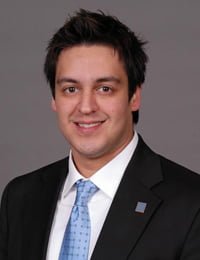As reported in the Austin American Statesman recently by Defense Advanced Research Project Agency (DARPA), UT will be receiving a whole lot of cash to build a Department of Defense microelectronics manufacturing center. DARPA said the contract was designed to ensure America’s national security and global military leadership. the Texas Institute for Electronics (TIE) will establish a national open-access research and development and prototyping fabrication facility that will push semiconductor technology forward.
This will enable the Defense Department to create higher-performance, lower-power, lightweight and compact defense systems. Such technology could apply to radar, satellite imaging, unmanned aerial vehicles or other systems. This partnership will allow UT-Austin faculty, staff and students to bolster our national defense and further demonstrate the university’s global leadership in technology-related teaching and research.
So, what is TIE anyway? The Texas Institute for Electronics is a UT-supported semiconductor consortium. The release specifies that the new microsystem designs will be enabled by 3D heterogeneous integration, or 3DHI — a semiconductor fabrication technology that integrates diverse materials and components into microsystems using precision assembly technologies.
When all the facilities are complete, they will be available to industry, academia, and government, and they are intended to create dual-use innovations supporting the defense sector and the semiconductor industry, including startups, advancing technology for the betterment of society.
President Jay Hartzell’s 10-year strategic plan for the university to become the world’s highest-impact public research university. For students at UT, or considering the school, this is also a win as the facilities pull talent directly from the Cockrell School of Engineering.
UT president Jay Hartzell said in a statement “We have an opportunity to not only give our military a competitive edge, but this is the kind of major opportunity that creates jobs, attracts businesses, will grow Austin’s innovation ecosystem and cement Texas as a leader in microsystems innovation,” Hartzell said in the release.
Folks, to quote Ralph Krammer from the TV show The Honeymooners “How Sweet it Is,” and I add, to own Austin area residential rentals. To pick up where Hartzell left off, this development will create scores of additional businesses, create jobs and add substantially to our already robust economy.


 Mike Ebert
Mike Ebert Karen Ebert
Karen Ebert Marc Witmer
Marc Witmer
 Mike Gonzales
Mike Gonzales Shelly Longoria
Shelly Longoria